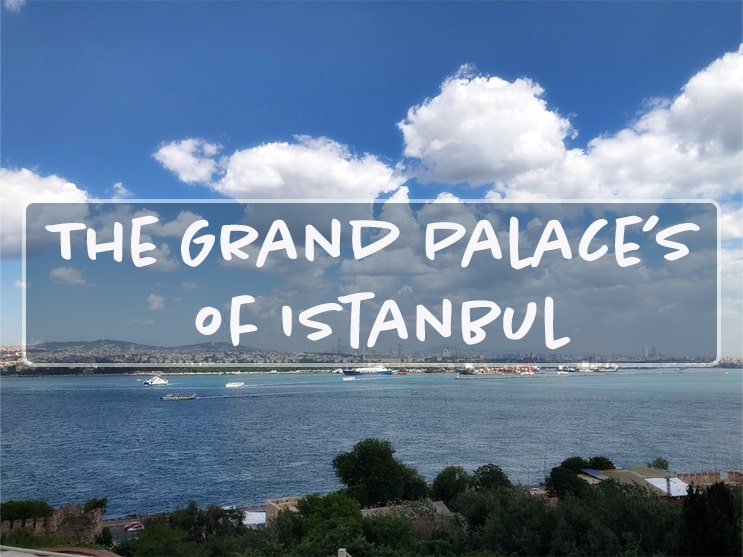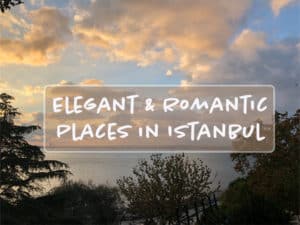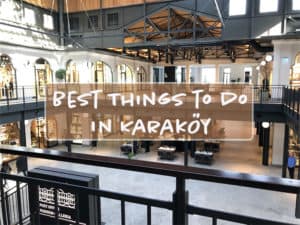The palaces of Istanbul are a grand spectacle of what remains of the Ottoman Empire and what they accomplished.
Istanbul, Turkey has a long history of being ruled by many different empires. This means all these sultans and their families needed a place to live. And as royal as they were, they liked to have nice things.
Luckily for you, you can easily view all these nice things in the palace museum, and I don’t think you’ll be disappointed.
Disclaimer: This post contains affiliate links. This means if you make a purchase using a link I may get a small kickback at no extra cost to you.
Museum Pass
First, let’s talk about the museum pass.
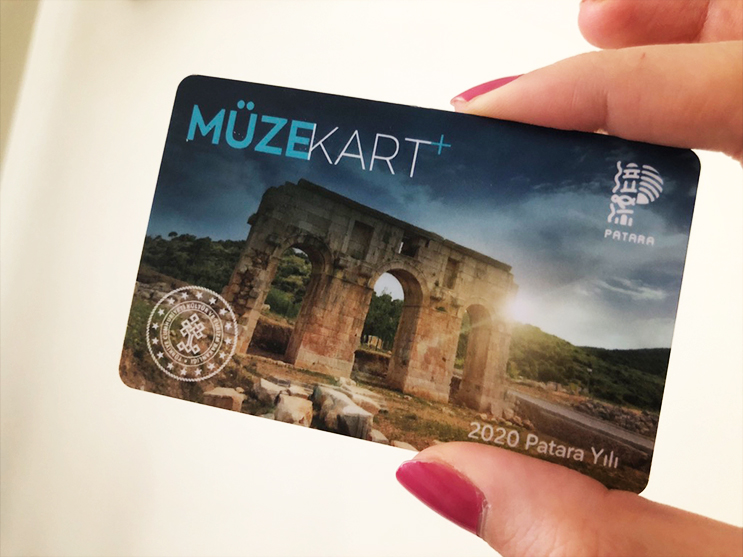
Along with all the palaces of Istanbul, there are also a number of museums you might want to see as well.
The Turkish Department of Culture and Tourism has created many different museum passes depending on the region of the country you want to visit.
There is one specific for Istanbul that is valid for 5 days and can be used at 13 locations. You can purchase this pass at Topkapi Palace or online. You’ll be able to check out which museums are included in the pass on the website.
The big benefit of buying this pass is not having to wait in line to purchase tickets at some museums. The downside is that you won’t have a guide. Weighing the pros and cons of buying this card just depends on personal preference and how much time you will spend in the country.
Topkapi Palace
First up on our list of palaces in Istanbul is the Topkapi Palace.
Located on a hill in Istanbul’s old city, known as the Fatih District or Eminönü, Topkapi Palace served as the royal residence for the Ottoman Empire and their families from 1478 to 1853, making it the oldest palace in Istanbul. The palace sits on about 700,000 square meters, with all the buildings no more than two stories tall.
With an Asian design influence, the palace features many outdoor courtyards, fountains, pavilions, and gardens.
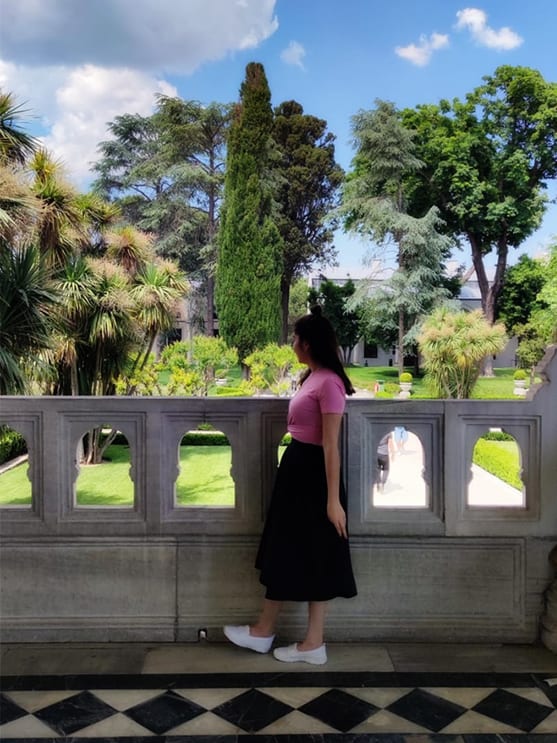
The palace grounds are divided into four courts and a Harem, which was exclusive to women and the sultan. Keep in mind that visiting the Harem requires an extra ticket when buying your tickets.
Entering through the impressive Imperial Gate, you’ll find the First Court, called the Court of Janissaries. This court is open and free to the public without needing to purchase a ticket. Ticket counters are located here to see the rest of the grounds.
Next is the Second Court, which you enter through the Middle Gate. This court is where all the business took place during the Ottoman era. Only the Sultan and his mother could enter the Second Court on horseback, while everyone else had to dismount.
Within the Second Court, you’ll find the Imperial Council Chamber, where matters of the state were discussed. Nearby is the Outer Treasury, which today displays a vast collection of Ottoman arms and armor.
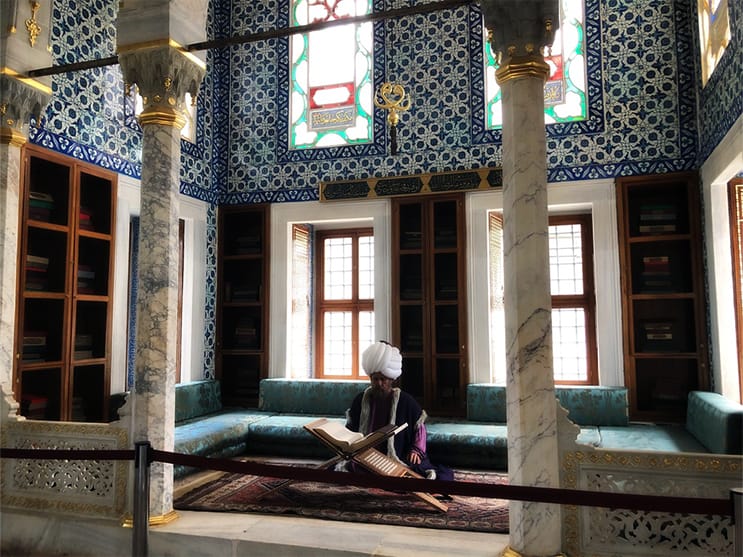
Passing through the Gate of Felicity, you enter the Third Court, home to the Sultan’s private quarters. Here, high orders of the State were discussed, and visiting dignitaries presented their gifts to the Sultan in the Audience Chamber. Next to this room is the library of Ahmet II, built in 1719.
The Third Court also houses the Imperial Treasury, full of diamonds, rubies, sapphires, emeralds, and pearls. The standout piece is the 84-carat Kasıkçı Diamond, a teardrop shape surrounded by smaller stones, worn by Mehmet IV during his accession to the throne in 1648. Also, don’t miss the Topkapı Dagger, featuring three large emeralds on the handle.
Lastly, the Fourth Court is a relaxing area with many gardens and pavilions. From here, you get a great view of the Bosphorus and can watch all the boats go by.
Harem | Topkapi Palace
The Harem in Topkapi Palace was the Sultan’s private space, where he could indulge in his desires, which often included sex, drugs, and alcohol. In Islam, the word “harem” means forbidden.
One of the many pavilions at Topkapi Palace.
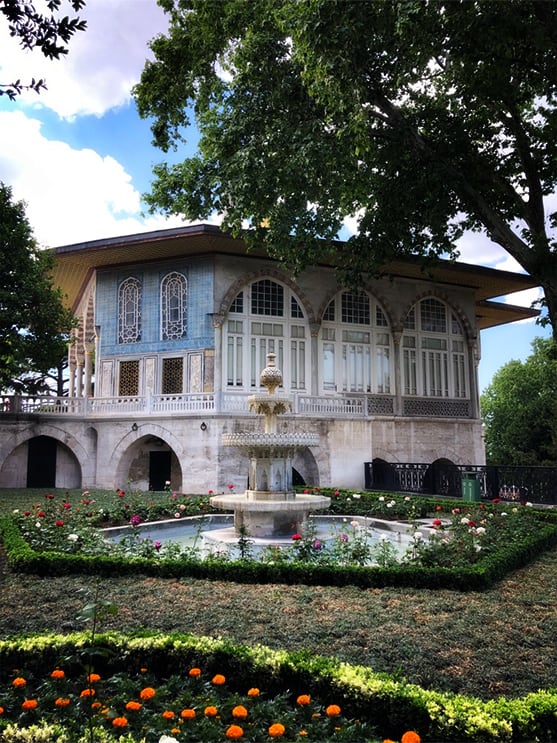
At one point in history, as many as 300 mistresses lived in the Harem. While living there, the girls were educated in Turkish and Islamic language and culture. They learned music, reading, writing, dance, beauty care, and sewing. If they were attractive, successful in their studies, and caught the Sultan’s eye, they could become ladies-in-waiting.
The Sultan was allowed to have four official wives, whose primary role was to provide children for him.
The woman titled the Valide Sultan, usually the Sultan’s mother, was in charge of the Harem’s operation.
The Harem is a large six-story complex, but visitors can only explore one floor. On this floor, you can see the Carriage Gate, Dormitory of the Palace Guards, Dome with Cupboards (the Harem Treasury and home to the palace’s financial records), and the Hall with the Fountain.
Dolmabahce Palace
Dolmabahce Palace was built after Topkapi Palace because the Sultan wanted a bigger, more European-style residence. It’s located along the banks of the Bosphorus Strait in the Besiktas district of Istanbul.
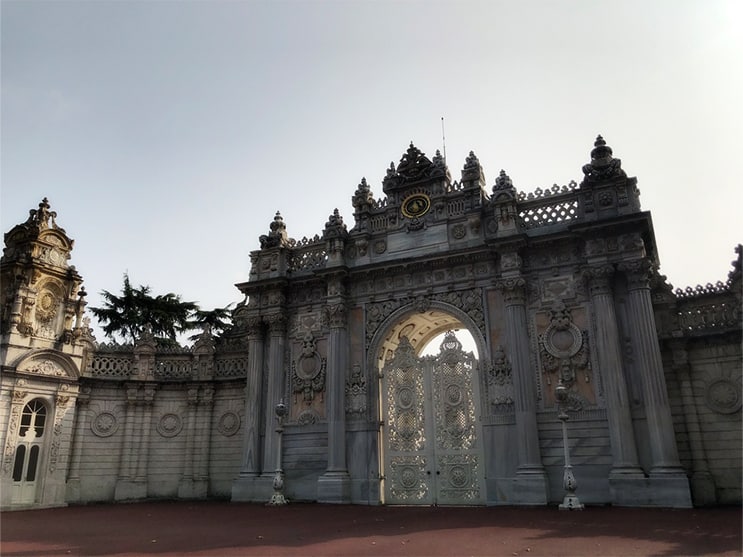
Dolmabahce Palace is the grandest palace in Turkey, covering an area of 45,000 square meters with 285 rooms, 44 halls, 68 toilets, and 6 Turkish baths.
Fourteen tons of gold were used to cover the ceilings. The Ceremonial Hall houses the largest Bohemian crystal chandelier, weighing 4.5 tons with 750 lamps. It was initially thought to be a gift from Queen Victoria, but a receipt found in 2006 showed that the Sultan paid for it in full.
And if that wasn’t enough crystal, don’t miss the Crystal Staircase, a double horseshoe shape made from Baccarat Crystal, mahogany, and brass.
Precious one-of-a-kind stones were brought in from Egypt to decorate the hammams. Hand-made carpets from around the world are displayed in the main hall. The palace also features 202 original oil paintings throughout.
Dolmabahce is undoubtedly the most impressive of the four palaces of Istanbul. However, this grandeur came with a hefty price tag. Although the Ottoman Empire was in decline in the late 19th century, the construction of the palace went ahead to project an image that all was well in the empire, even though it was not true.
The cost of construction was equivalent to about $2 billion today.
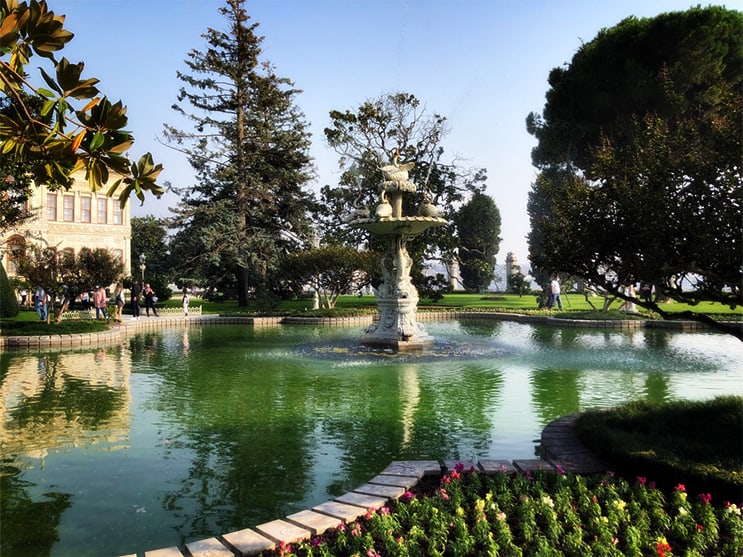
After the Republic of Turkey was established in 1923 by Mustafa Kemal Ataturk, Dolmabahce Palace became the Presidential Palace. Ataturk used the palace for his presidential duties and spent his final days there, passing away on November 10, 1938, at 9:05 am. This day and time are commemorated with a moment of silence every year throughout the country, and all the clocks in the palace are stopped at this time.
Yildiz Palace
After becoming Sultan, Abdulhamit II moved the administration of the Ottoman Empire to Yildiz Palace from Dolmabahce, fearing that Dolmabahce was too vulnerable to attack along the banks of the Bosphorus.
Yildiz Palace is situated on a hill in present-day Besiktas. It stands as one of the last examples of Ottoman architecture. The layout of the palace complex is similar to Topkapi Palace, with many different pavilions, each serving a unique purpose. These pavilions are all enclosed within large palace walls for the safety of the royal family.
What sets Yildiz Palace apart from the other palaces in Istanbul is its role as a small arts and crafts hub. The Sultan had a keen interest in carpentry, so a special woodworking space was made just for him where he could create his own furniture.
Another of his hobbies was producing porcelain china. Sultan Abdulhamit II built his own factory, allowing him to create and send personalized gifts to other dignitaries he met.
Additionally, there were pavilions dedicated to printing, photography, theatre, painting, music, and an observatory.
Beylerbeyi Palace
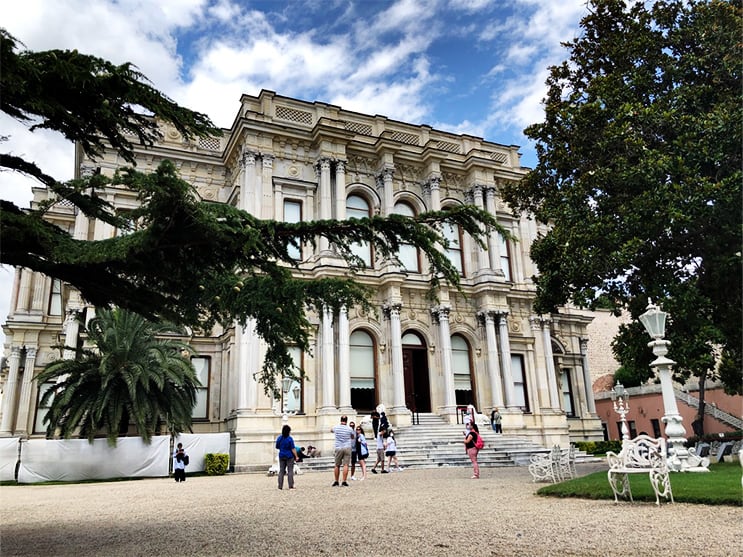
This palace, known as the summer residence and guest house for visiting dignitaries, is located on the Asian side of Istanbul.
Beylerbeyi Palace is a smaller, less crowded version of Dolmabahce. It features 24 rooms, 6 halls, and one Turkish bath. There’s even a swimming pool in the downstairs hall to cool off during the summer months.
Some of the wooden furniture inside was designed and carved by Sultan Abdulhamit II during his six years of imprisonment within the palace.
Surrounding the palace is a lush garden with a café where you can order snacks and drinks, making it a popular spot for locals to relax.
A short 5-10 minute walk from the palace brings you to the rest of the Beylerbeyi neighborhood along the Bosphorus. There are many fish restaurants in this area where you can stop for lunch.
Palaces of Istanbul
Now that you’ve seen an overview of what to expect during your visit to the palace, which of the 4 palaces seems the most interesting to you?
Is it Topkapi’s lush gardens?
Dolmabahce’s glitz and glam?
Yildiz’s artistic touch?
Beylerbeyi’s indoor swimming pool?
Let me know in the comments below!
